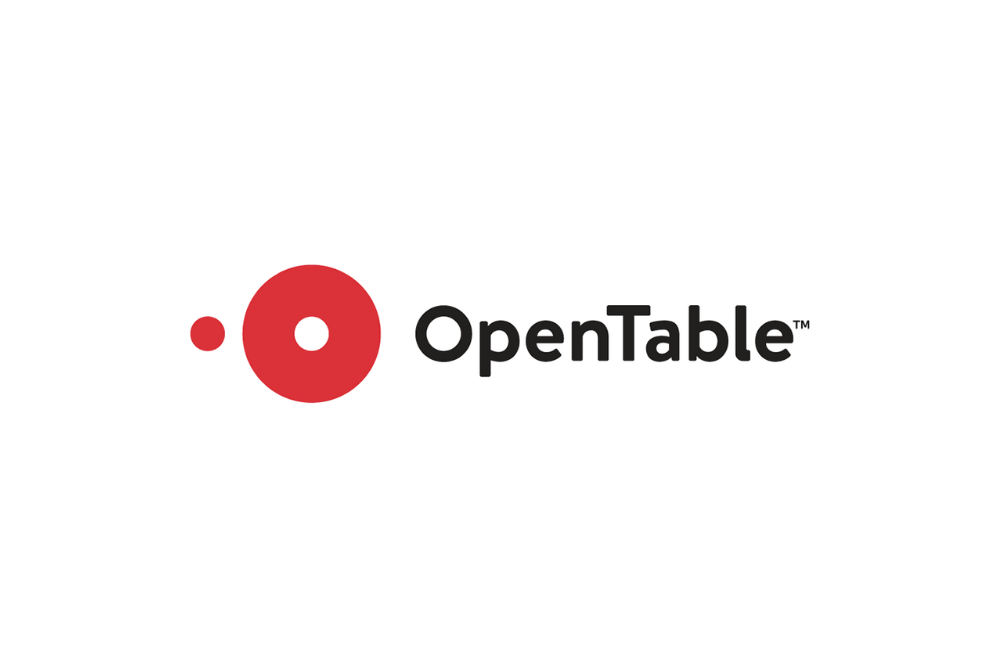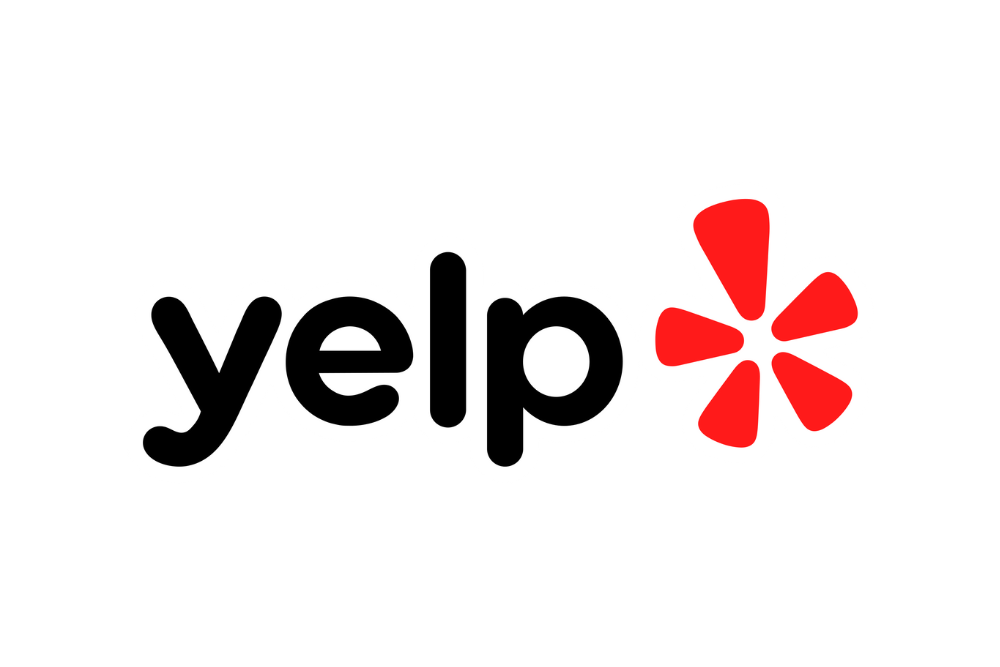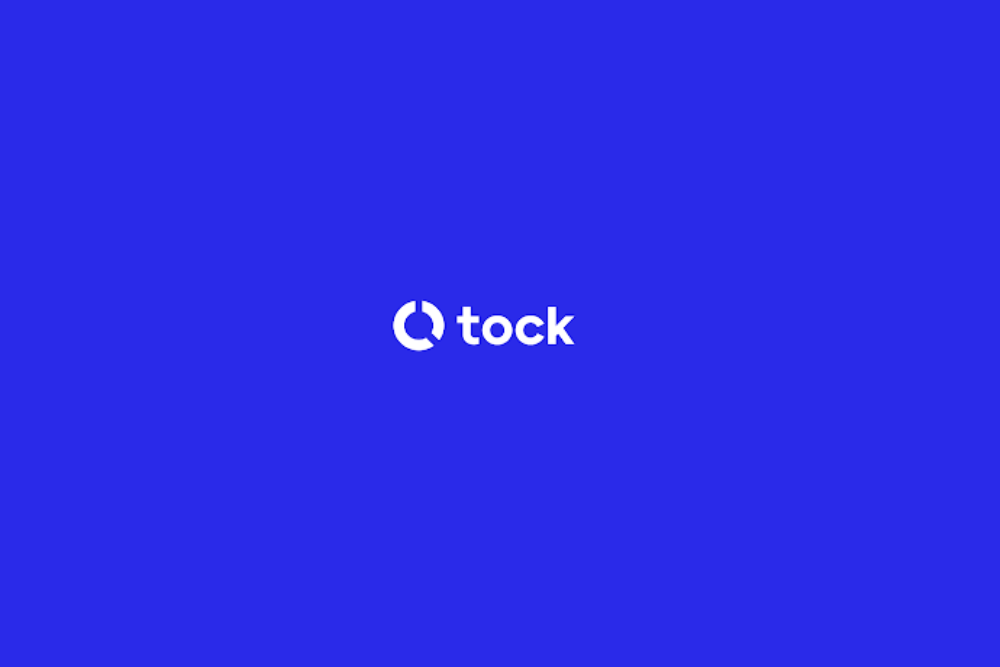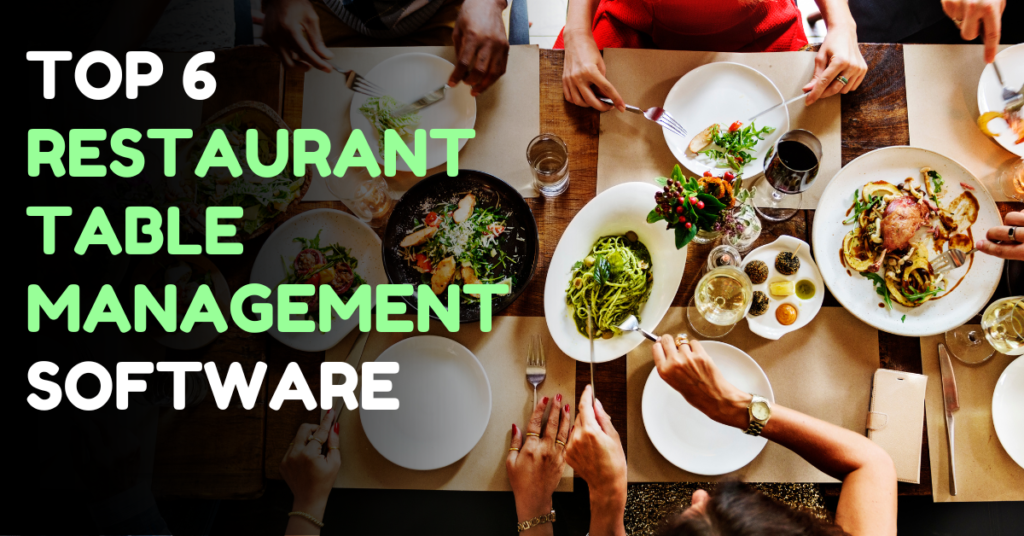The restaurant industry’s landscape is constantly evolving, making efficient table management essential for a smooth customer experience. The global restaurant software market is booming, valued at USD 4,556.4 million in 2022, and expected to grow at a 16.3% CAGR from 2023 to 2030. This surge highlights the need for powerful, user-friendly table management solutions.
Automation and mobile restaurant management apps are leading trends, boosting operational efficiency and offering convenience for managing operations remotely. These technologies are becoming crucial for restaurants to streamline reservations, waitlists, and seating, thereby improving the customer experience.
This guide delves into the top 6 restaurant table management software solutions transforming the industry. These tools offer automated table management, detailed analytics, and seamless integration with popular POS systems. They are designed to help restaurants of all sizes excel in a competitive market.
What is a Restaurant Table Management Software?
Restaurant table management software is a sophisticated tool designed to enhance front-of-house operations. It automates tasks like managing reservations, waitlists, and seating. This software offers real-time insights into table availability, ensuring efficient use of space and improving customer satisfaction.
This software is crucial for optimizing guest flow and table arrangements, leading to a smoother dining experience. It integrates with point-of-sale systems for centralized management of reservations and guest details. This integration ensures accurate order handling and billing, boosting operational efficiency.
Key Features of Restaurant Table Management Software
- Automated table reservations and waitlist management
- Real-time floor plan visualization and table status tracking
- Customizable seating arrangements and table configurations
- Guest profile management and personalized dining experiences
- Integrated POS system for seamless order processing and billing
- Advanced analytics and reporting for data-driven decision-making
- Mobile compatibility for on-the-go table management
- Automated customer communication via SMS and email notifications
Restaurant table management software offers a suite of features designed to streamline operations and enhance the dining experience. By optimizing table utilization and improving operational efficiency, restaurants can increase customer satisfaction and profitability.
Importance of Restaurant Table Management
Effective restaurant table management is essential for success. It boosts operational efficiency, enhances the customer experience, and drives revenue growth. Advanced software helps streamline reservations, waitlists, and seating, optimizing table use and offering real-time status updates.
Restaurant table management significantly improves operational efficiency. Automating tasks like reservation handling and table assignments reduces wait times and increases table turnover. This ensures a smooth operation flow, enhancing the customer experience by seating guests promptly.
This efficiency directly affects revenue growth. By maximizing table occupancy and reducing wait times, restaurants can serve more guests and increase sales. Real-time data from management software aids in making informed decisions on staffing and pricing, further optimizing revenue.
A comprehensive table management system includes real-time table availability updates, reservation management, and integration with POS and CRM software. These features offer a personalized dining experience, boosting customer satisfaction and loyalty.
Investing in a reliable table management solution is a strategic choice for any restaurant. It enhances operational efficiency, customer experience, and revenue growth. By optimizing table reservations and arrangements, restaurants can provide a superior experience, ensuring customer loyalty.
Top 6 Restaurant Table Management Software
In the fast-paced restaurant industry, efficient table management is key to a smooth dining experience and high profits. Fortunately, there are many restaurant table management software options available. These solutions help streamline table reservations, manage waitlists, and optimize table use. Let’s explore the top 6 restaurant table management software options:
- Eat App: This comprehensive front-of-house management solution simplifies table management, online reservations, and guest interactions. It offers automated table management, and detailed analytics, and integrates with popular POS systems.
- OpenTable: Known for its user-friendly interface, this table management software makes it easy to manage table reservations and waitlist management.
- SevenRooms: This platform streamlines table utilization, guest management, and marketing. It provides restaurants with valuable data to optimize their operations.
- Yelp Reservations: This integrated table management solution lets customers book directly from a restaurant’s Yelp page, enhancing the booking experience.
- Resy: Offering advanced table reservation and waitlist management, this software also integrates with popular POS systems.
- Tock: Catering to various restaurant types, from fine dining to casual eateries, this platform offers flexible table reservation and guest management features.
By using one of these top-tier restaurant table management software solutions, restaurants can streamline operations, improve the customer experience, and increase profits.
1. Eat App

In the dynamic world of the restaurant industry, efficient front-of-house management is key to delivering an exceptional customer experience. Eat App, a comprehensive restaurant table management solution aims to simplify this critical aspect of operations. It offers a suite of features that cater to the diverse needs of restaurants, from automated table management to seamless online reservations and integrated POS systems.
Automated Table Management and Reservations
At the core of Eat App’s offering is its robust table management functionality. The platform enables restaurants to effortlessly handle reservations, waitlists, and seating arrangements, optimizing the utilization of available tables. This automated system ensures that tables are efficiently assigned, reducing wait times and enhancing the overall customer experience.
Integrated POS and Data-Driven Insights
Eat App seamlessly integrates with popular POS systems, providing restaurants with detailed analytics and data-driven insights. This integration enables businesses to make informed decisions, optimize their operations, and drive profitability. With real-time visibility into table status, server performance, and customer behavior, restaurants can adapt their strategies to meet the evolving needs of their clientele.
Streamlined Guest Interactions
Beyond table management, Eat App also offers a suite of tools to streamline guest interactions. The platform’s online reservation system allows customers to easily book tables, while the guest management features facilitate smooth check-ins and seating arrangements. This comprehensive approach ensures a positive experience for both restaurant staff and patrons, fostering customer loyalty and repeat business.
With its extensive feature set, Eat App has emerged as a leading solution in the restaurant table management software market. By simplifying front-of-house operations, enhancing customer experiences, and providing data-driven insights, this platform empowers restaurants to thrive in the competitive landscape.
2. OpenTable

OpenTable stands out as a leading platform in restaurant management, offering a suite of features designed to streamline operations and improve customer experiences. It empowers restaurants to manage tables more efficiently, build stronger guest relationships, and enhance overall dining experiences.
At the core of OpenTable’s offerings is its advanced table management system. Restaurants can effortlessly manage table availability, guest information, and waitlists through an intuitive interface. This real-time visibility enables them to optimize seating and adapt to dining demands effectively.
OpenTable’s CRM functionality is another key feature. It allows restaurants to maintain detailed guest profiles, including preferences and notes. This approach helps deliver personalized service, building loyalty and repeat business. It’s a strategic way to understand and meet the unique needs of each diner.
Furthermore, OpenTable’s vast network of over 300 affiliate partners helps restaurants reach a broader audience and increase online reservations. Custom booking widgets on the platform make it easy for customers to book directly from the restaurant’s website, improving the user experience.
To boost customer engagement and revenue, OpenTable offers the ability to provide incentives like bonus points during slow periods. This flexibility helps restaurants optimize table utilization and create a thriving dining atmosphere.
OpenTable’s integrated POS system also provides valuable insights into revenue and order trends. This information empowers restaurants to make informed decisions and continually improve their operations.
In summary, OpenTable’s comprehensive software, CRM capabilities, and robust features make it an excellent choice for restaurants aiming to streamline operations, enhance guest experiences, and drive growth.
3. SevenRooms

SevenRooms is a comprehensive restaurant management solution. It includes a robust table management system. This system helps streamline reservations, waitlists, and guest interactions. It provides a centralized hub for managing restaurant operations and customer data.
With SevenRooms, restaurants can leverage guest data to create personalized experiences. This drives repeat business. The platform integrates with various third-party systems, such as Google and social media. This enhances the restaurant’s online presence and customer engagement.
One of the key features of SevenRooms is its ability to automatically build guest profiles. It integrates with over 100 systems and has an open API. This depth of data management capabilities allows restaurants to personalize guest experiences. It aids in brand representation and implements data-driven marketing strategies.
SevenRooms serves over 10,000 restaurants globally. It caters to a wide range of establishments, including local favorites, Michelin-starred restaurants, independents, restaurant groups, hotel F&B outlets, and venues in the entertainment and nightlife industry. The platform’s global presence, with prominent usage in destinations like London, New York, Sydney, Singapore, and beyond, showcases its widespread adoption and effectiveness in the industry.
Industry professionals, such as Danny Meyer, Paulina Oktari Halim, and Michael Pagana, endorse SevenRooms. They have significant roles in renowned restaurants. This further highlights its credibility and effectiveness in the restaurant management space.
4. Yelp Reservations

Yelp Reservations is a cutting-edge table management solution that integrates seamlessly with Yelp. It empowers restaurants to streamline their reservation and table management. This tool leverages Yelp’s vast customer base and visibility.
Customers can make reservations directly from a restaurant’s Yelp page with Yelp Reservations. This frictionless booking process enhances the customer journey, making it easier to secure a table with just a few clicks. For restaurants, this integration leads to increased reservation volume and higher customer satisfaction.
Yelp Reservations offers robust table management tools beyond online reservations. Restaurants can efficiently manage table availability, track waitlists, and gather guest information within the Yelp ecosystem. This real-time visibility and control over the dining experience helps restaurants optimize their operations and deliver exceptional service.
However, Yelp Reservations reviews show a mixed picture. While many customers appreciate the ease of making reservations, some find the app difficult to navigate and locate specific features. Concerns also exist about Yelp’s paid advertising services, which some restaurants find challenging to leverage effectively.
Despite these nuances, Yelp Reservations remains a favored choice for restaurants aiming to streamline their table management and tap into Yelp’s vast customer base. Starting at $99.00 per month, it offers a strong value proposition for establishments of all sizes, from small independent eateries to large chain restaurants.
Review dates for Yelp Reservations range from August 2018 to October 2021. Users report usage times from 2+ years to less than 2 years. The user base includes professionals from various industries, with business sizes ranging from 1 employee to 10,000+ employees.
In conclusion, Yelp Reservations offers a compelling proposition for restaurants aiming to enhance their table management and leverage Yelp’s power. While it faces challenges, its ability to streamline reservations and provide insights into table availability and guest preferences makes it a considered choice for many restaurateurs.
5. Resy

Resy stands out as a leading platform in restaurant management, focusing on streamlining table reservations, waitlists, and seating arrangements. It’s designed to help restaurants maximize table utilization and improve the dining experience for customers.
One of Resy’s standout features is its seamless integration with American Express. This allows guests with American Express cards to book reservations four times more frequently than those without. In 2021, American Express Card Members also spent three times more annually than Non-Card Members.
Resy’s platform is known for its user-friendly interface and compatibility with various third-party services. It offers features like mobile waitlists, automated SMS confirmations, guest surveys, analytics, and POS integration. These tools help restaurants manage their operations more effectively.
Resy’s pricing model is tailored to be affordable, eliminating per-cover fees for its booking platform. Instead, it provides tiered plans with different features to meet the diverse needs of restaurants.
| Feature | Benefit |
|---|---|
| American Express Integration | Resy guests with American Express cards on file have booked 4 times more reservations on average compared to guests without American Express cards. American Express Card Members had an average 3 times higher annual spend compared to Non-Card Members in 2021. |
| Comprehensive Table Management | Resy offers features such as a mobile waitlist, automated reservation confirmations via SMS, guest surveys for insights, advanced analytics for informed business decisions, and POS integration for performance monitoring. |
| Flexible Pricing Structure | Resy does not charge per-cover fees for access to its booking platform, but instead offers a range of tiered plans with varying features to cater to different restaurant needs. |
| Vast User Network | Resy has a network of 35 million users who are potential diners looking for their next favorite spot. |
| Stripe Integration | The integration of Stripe as Resy’s payment platform allows restaurants more control over payment processing, including ease of refunding guests and setting up customized payout schedules. |
Overall, Resy’s comprehensive table management solutions, user-friendly interface, and cost-effective pricing make it a popular choice for restaurants. It helps them optimize table utilization and enhance the dining experience for their customers.
6. Tock

Tock is a cutting-edge restaurant management solution focused on simplifying table reservations, waitlist management, and prepaid dining. It’s designed to elevate the customer experience, making it a top choice for restaurants aiming to refine their front-of-house operations.
Its advanced reservation booking system is a key feature. Restaurants can utilize Tock’s platform to manage real-time table availability. This allows customers to easily book their preferred dining times with a few clicks. Such a system not only boosts customer satisfaction but also aids restaurants in better planning for incoming guests.
Moreover, Tock shines in waitlist management. When a table is not available, the system effortlessly adds customers to a virtual waitlist and alerts them when their table is ready. This ensures a smooth and clear process for everyone involved.
Another unique aspect of Tock is its prepaid dining capabilities. Restaurants can offer pre-paid tickets for special events, tasting menus, or unique dining experiences through Tock. This approach secures revenue early and offers customers a more streamlined, hassle-free dining experience.
In summary, Tock stands out in the industry with its comprehensive table management capabilities and focus on enhancing the customer experience. By streamlining reservations, waitlist management, and prepaid dining, Tock aids restaurants in optimizing their operations and delivering top-notch dining experiences to their patrons.
Conclusion
In the competitive restaurant industry, efficient table management is key to success. The top restaurant table management software solutions discussed here offer a variety of features. These help streamline reservations, waitlists, seating, and front-of-house operations. By using these tools, restaurants can improve the customer experience, make better use of tables, and increase revenue.
Implementing restaurant table management software has reduced wait times and boosted revenue by efficiently using tables. Restaurant staff can see real-time updates on table availability and occupancy. This helps with planning and prioritizing orders. The software also cuts down on errors from miscommunication, ensuring orders are prepared accurately and quickly.
The restaurant industry is always changing, and using restaurant table management software is crucial for adapting to new customer demands and challenges. These solutions provide data-driven insights, are easy to use, and integrate well with other systems. They empower restaurants to optimize their operations and deliver outstanding dining experiences. This leads to customer loyalty and long-term success.
FAQ’s
What is the global restaurant software market size?
In 2022, the global restaurant software market was estimated at USD 4,556.4 million. It is expected to grow at a CAGR of 16.3% from 2023 to 2030.
What are the top trends in restaurant software technology?
Automation and mobile-based restaurant management apps are leading trends. They boost operational efficiency and offer convenience for managing operations remotely.
What types of restaurant software are essential for successful operations?
Key restaurant software includes reservation systems, POS, inventory management, and online ordering. These are crucial for effective restaurant management.
What is restaurant table management software?
This software simplifies front-of-house operations for restaurants. It automates tasks like table reservations, waitlists, and seating arrangements.
Why is effective table management crucial for the success of a restaurant?
Effective table management boosts operational efficiency. It ensures guests are seated quickly, reduces wait times, and maximizes table turnover. This enhances the customer experience and can increase revenue through higher occupancy and repeat visits.
What are the key features of top restaurant table management software?
Leading restaurant table management software offers automated table management, online reservations, waitlist management, and seating arrangements. It also integrates with POS systems.
What are the benefits of using restaurant table management software?
This software streamlines front-of-house operations, optimizes table utilization, and improves the dining experience. It leads to better operational efficiency and increased revenue.
